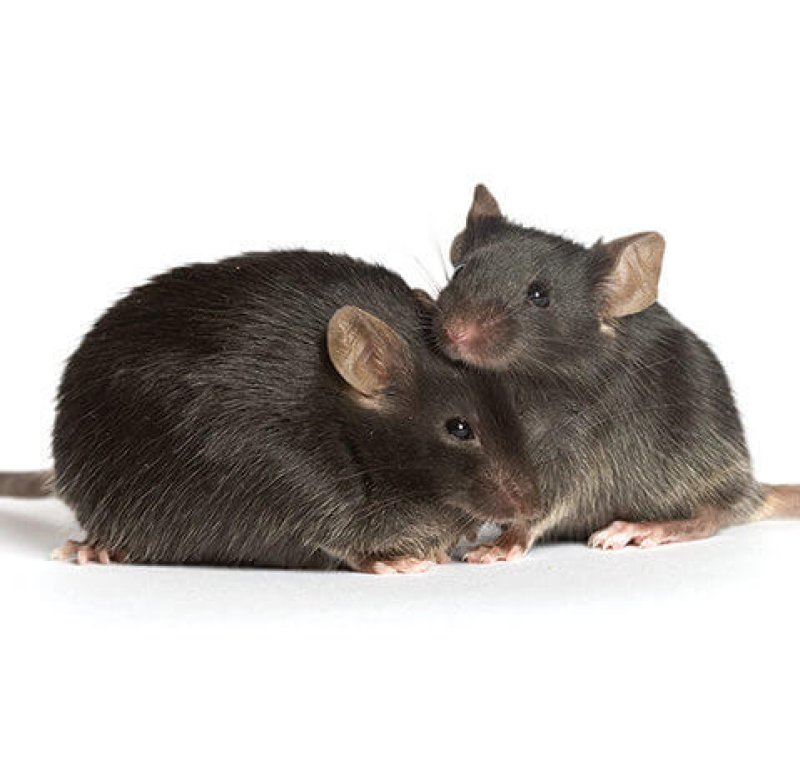Adam and Eve, a pair of black mice, lived for less than two years and never left their home at the Jackson Laboratory (JAX) in Bar Harbor, Maine. But since they were bred in 2005, their progeny have spread around the globe: the pair’s living descendants, which likely number in the hundreds of thousands. They are members of the most popular strain of mice used in biomedical research, which was created nearly a century ago.
Now, researchers at JAX are reconstructing Eve’s genome in the hopes of better understanding — and compensating for — the natural mutations that occur in lab mice over the course of generations. These genetic changes can cause unanticipated physiological effects that can confound experiments. Related substrains of lab mice can differ in their taste for alcohol or their sensitivity to insulin, for example, and researchers suspect that such differences between supposedly identical mice lines have hampered some areas of research.
…
It is impossible to quantify how often experiments or entire research programmes are wasted when researchers realize that their supposedly identical mice have genetically diverged from the ancestor they bought from a vendor, but [Cory Brayton, a pathobiologist at Johns Hopkins University in Baltimore, Maryland] suspects it is common.
The GLP aggregated and excerpted this blog/article to reflect the diversity of news, opinion, and analysis. Read full, original post: Lab mice’s ancestral ‘Eve’ gets her genome sequenced































